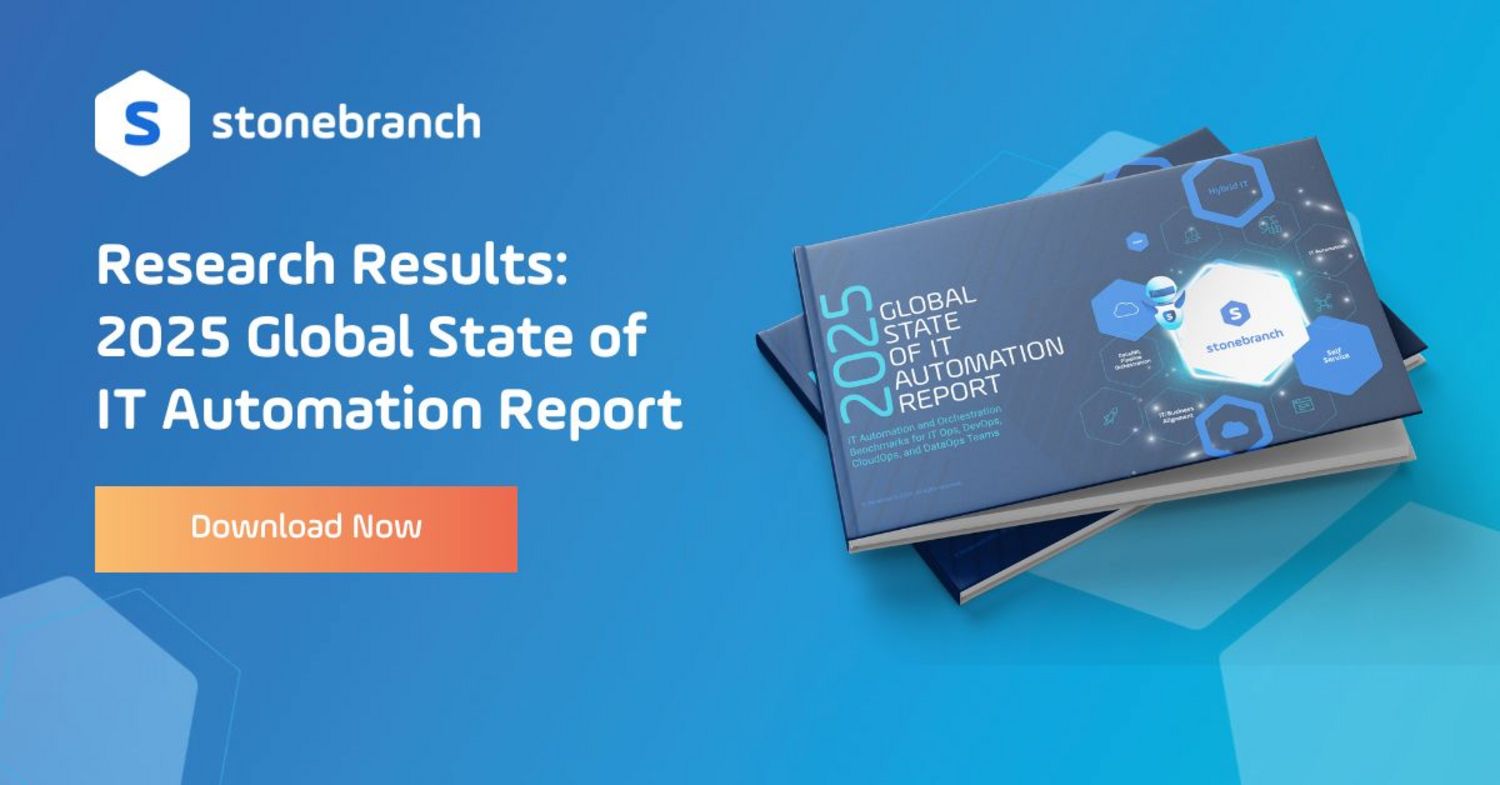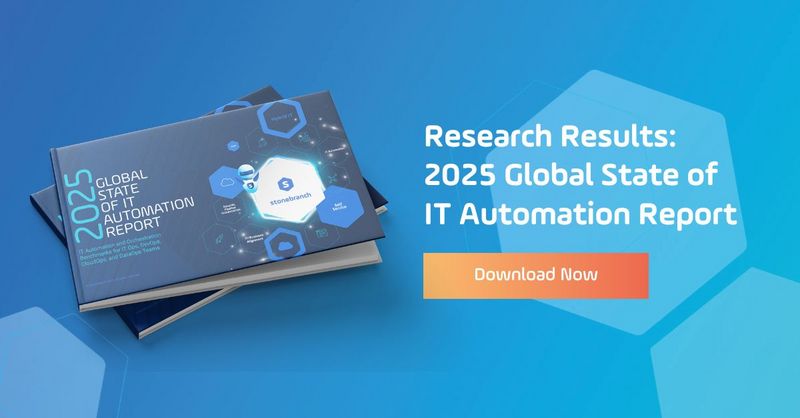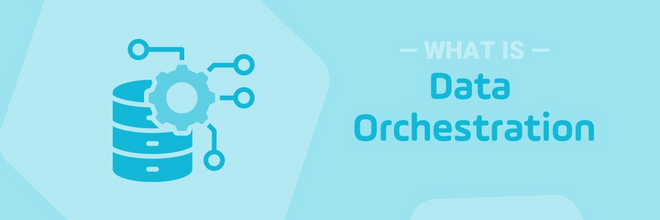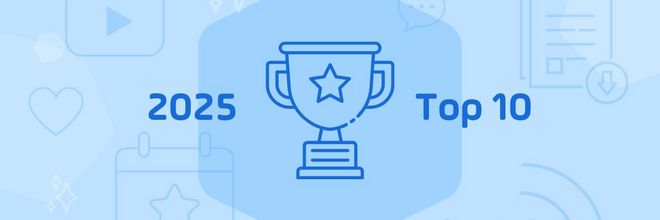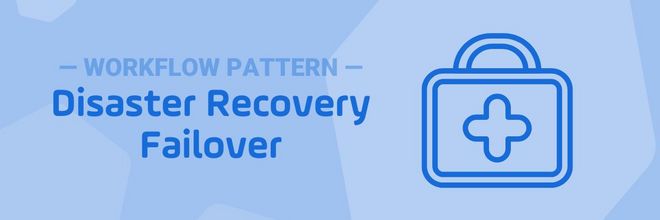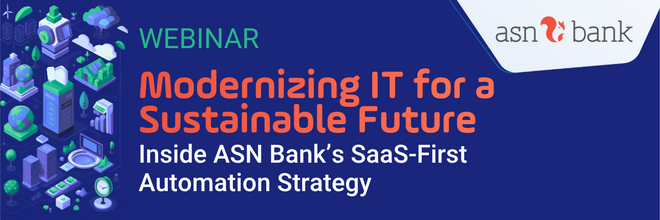Automation Trends 2025: Top Takeaways from the Annual Global State of IT Automation Report
Discover the top five IT automation trends for 2025, including the rise of automation-as-a-service, hybrid IT orchestration, and the growing role of business users in self-service automation.
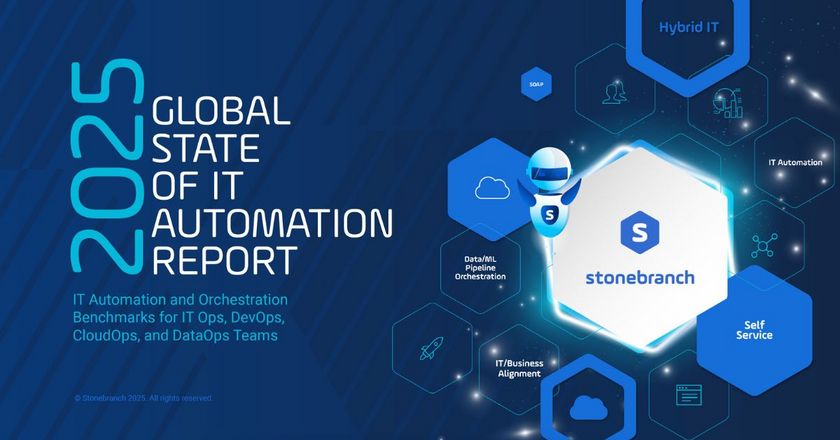
The 2025 Global State of IT Automation Report is here! Now in its fourth year, this annual research report captures a fast-evolving landscape in which enterprise IT orchestration, AI enablement, and self-service are reshaping how organizations automate across hybrid infrastructures.
The report, based on a global survey of 400 IT automation professionals, is relevant for IT Ops, DataOps, Cloud Ops, DevOps, and Platform Ops teams. Its findings illustrate all new IT automation trends and benchmark data.
Continue reading to uncover insights, including:
- What is fueling investment in new IT automation platforms
- How hybrid IT environments have changed the automation market
- Which features enterprise users seek in self-service automation platforms
- Why companies have embraced automation as a business-wide strategy, not just an IT concern
Here are the top five trends shaping automation in 2025.
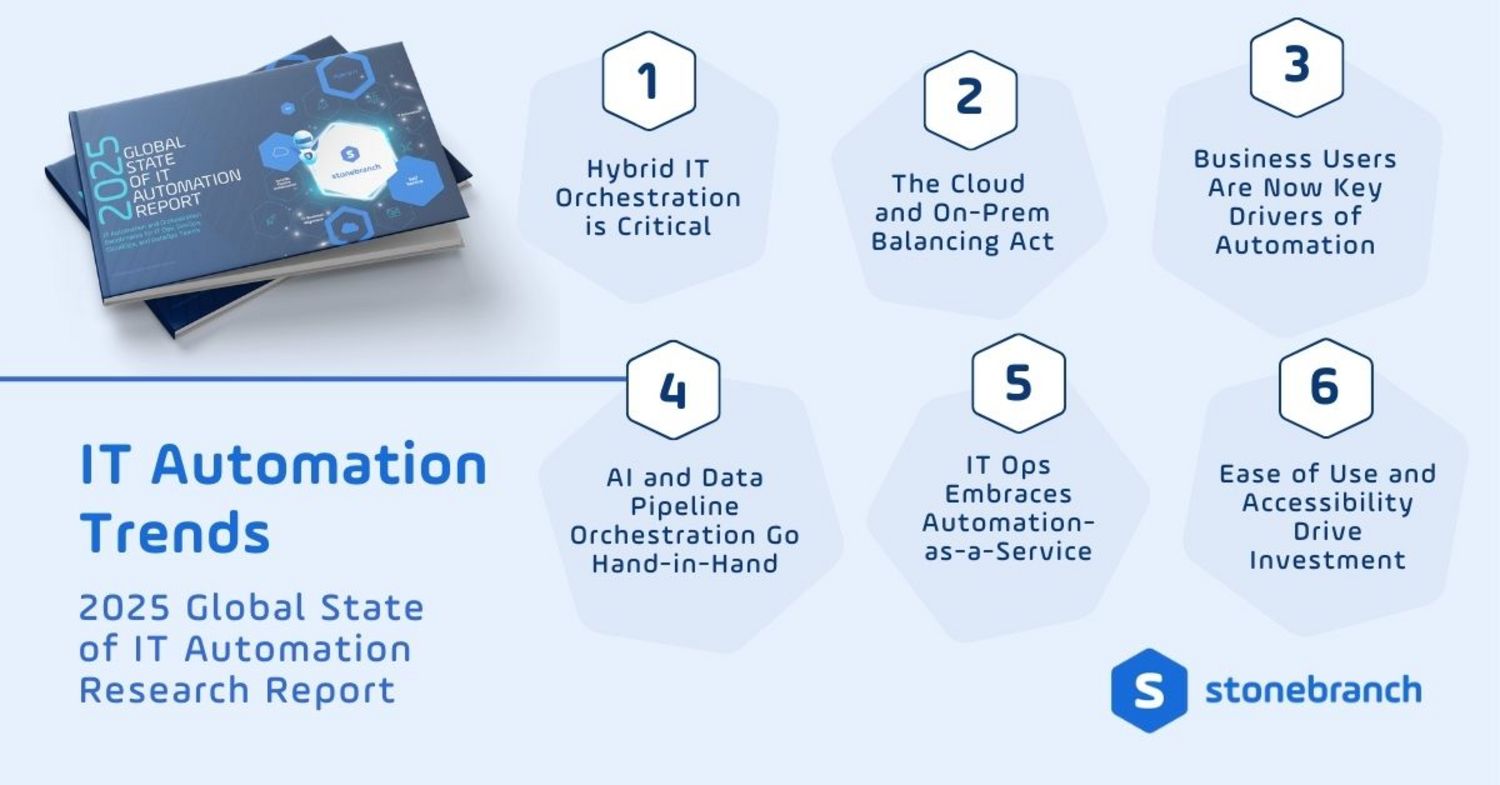
1. Hybrid IT Orchestration is the New Normal
Hybrid IT isn’t just widespread — it’s dominant. In 2025, 77% of enterprises operate hybrid environments that blend on-prem, private cloud, public cloud, containers, and even mainframes. To break down silos of automation across this fragmented landscape, organizations are turning to modern service orchestration and automation platforms (SOAPs). Their primary driver is to find a platform that offers centralized visibility and cross-environment control that spans multiple types of infrastructure and applications.
Trend Insight: Cloud-only environments are declining, while hybrid strategies demand tools that balance flexibility with control.
2. The Optimization Balancing Act Between Cloud and On-Prem
While many enterprises continue their cloud journeys, a growing number are shifting focus from migration to optimization. With workloads already spread across cloud and on-prem environments, organizations are now fine-tuning operations to maximize performance, control costs, and meet compliance needs.
This optimization mode demands orchestration tools that offer workload portability and visibility across diverse infrastructures — including data centers, clouds, containers, and mainframes. As a result, automation across all infrastructure types is on the rise.
Trend Insight: Hybrid is here to stay. The real challenge now is managing it smarter — and that starts with automation that adapts in real time.
3. Business Users Are Now Key Drivers of Automation
Automation isn’t just an IT initiative anymore. In 2025, business users are the second-fastest growing group of self-service automation users, right behind IT Ops. From HR and finance to sales and marketing, line-of-business teams are building workflows that streamline their day-to-day operations — without waiting on IT.
This shift is fueled by the rise of user-friendly platforms that offer web-based portals, ITSM integrations, and natural language interfaces. The result? Broader adoption, faster innovation, and stronger alignment between business and IT.
Trend Insight: Business teams are no longer just consumers of automation — they’re managers. Self-service is unlocking new levels of agility across the enterprise.
4. AI and Data Pipeline Orchestration Go Hand-in-Hand
With 70% of organizations now using data and ML pipelines to train generative AI models, automation is becoming the backbone of AI strategies. Yet adoption isn’t without barriers. Staffing shortages, expertise gaps, and immature tooling still challenge many teams.
Enterprise-grade automation platforms are gaining traction as the go-to solution for scalable, compliant, and agile data pipeline orchestration workflows.
Trend Insight: As generative AI matures, organizations are racing to build the automation infrastructure required to support it.
5. IT Ops Embraces Automation-as-a-Service
As automation spreads across the enterprise, IT Operations teams are evolving from doers to enablers. In 2025, 63% of organizations report having over 200 self-service automation users.
This shift signals the rise of Automation-as-a-Service (AaaS), where IT Ops delivers secure, governed, and scalable automation capabilities to users across business, cloud, data, and development teams. Instead of manually executing workflows, IT now focuses on building guardrails, ensuring compliance, and maintaining the infrastructure that empowers others to automate.
Trend Insight: AaaS unlocks scale by decentralizing automation while keeping governance centralized — a key strategy for organizations embracing hybrid IT and citizen automation.
6. Ease of Use and Accessibility Drive Investment
62% of respondents plan to invest in WLA/SOAP in 2025 — up 20% from last year. What’s fueling that growth? Usability.
From SaaS-based deployment to web-based self-service portals and ITSM integrations, organizations are prioritizing platforms that are intuitive for both technical and non-technical users.
Trend Insight: SaaS/cloud deployment is now the #1 feature driving platform change, outpacing even UI modernization and analytics.
Final Thoughts: Automation Becomes a Strategic Imperative
The 2025 report reveals a clear evolution: automation has moved from tactical to transformational. It's no longer a nice-to-have — it's a strategic necessity powering business agility, operational efficiency, and AI-readiness.
Ready to dive deeper? Download the full 2025 Global State of IT Automation Report to explore all the insights, data, and expert recommendations.
Start Your Automation Initiative Now
Schedule a Live Demo with a Stonebranch Solution Expert

